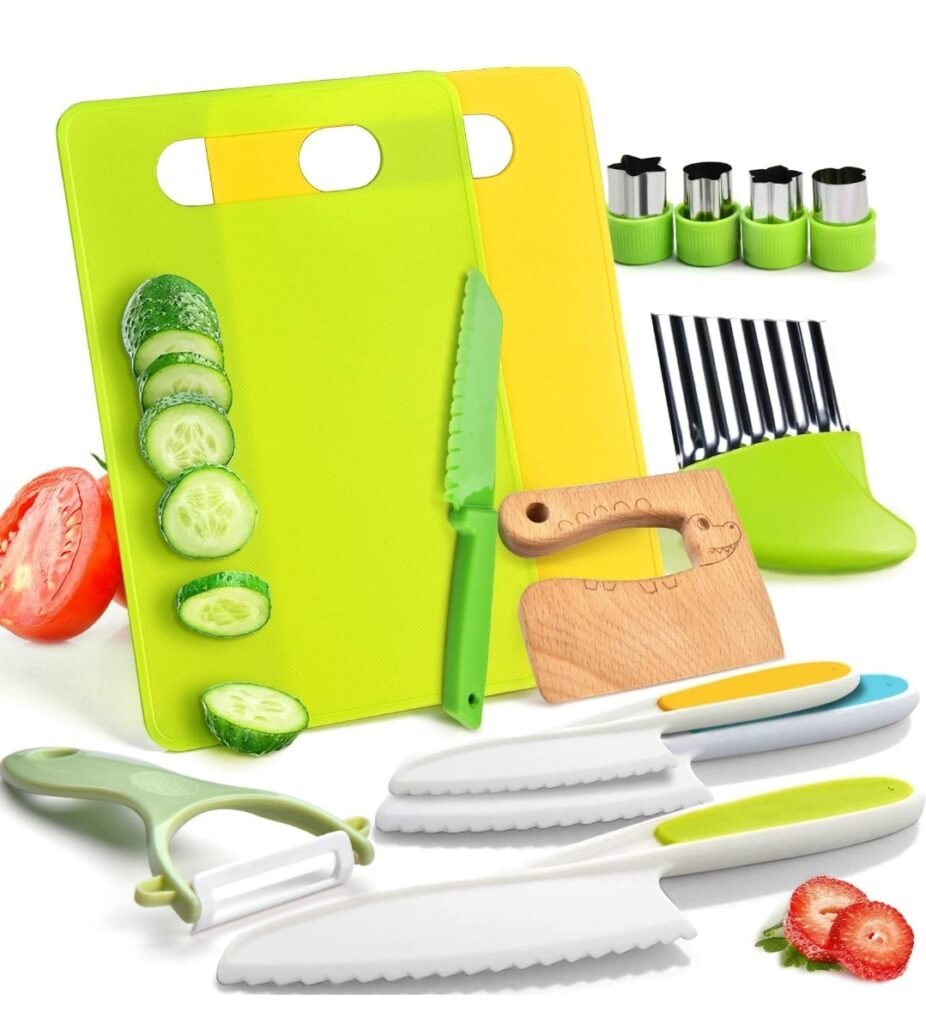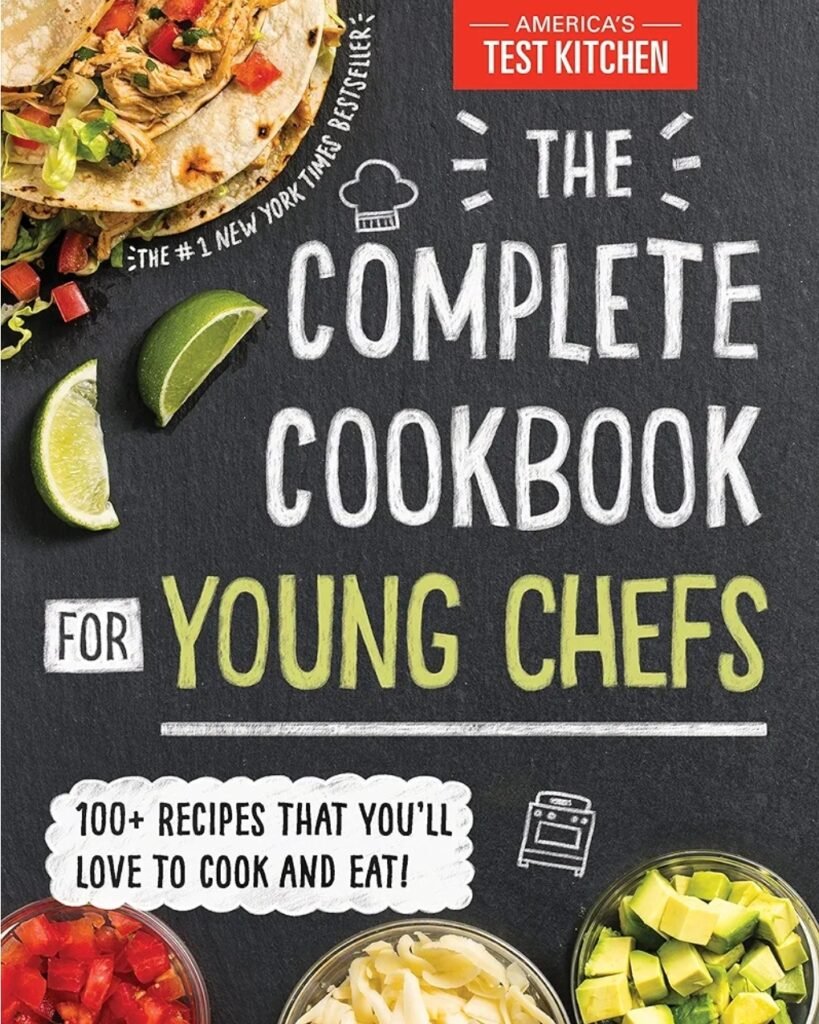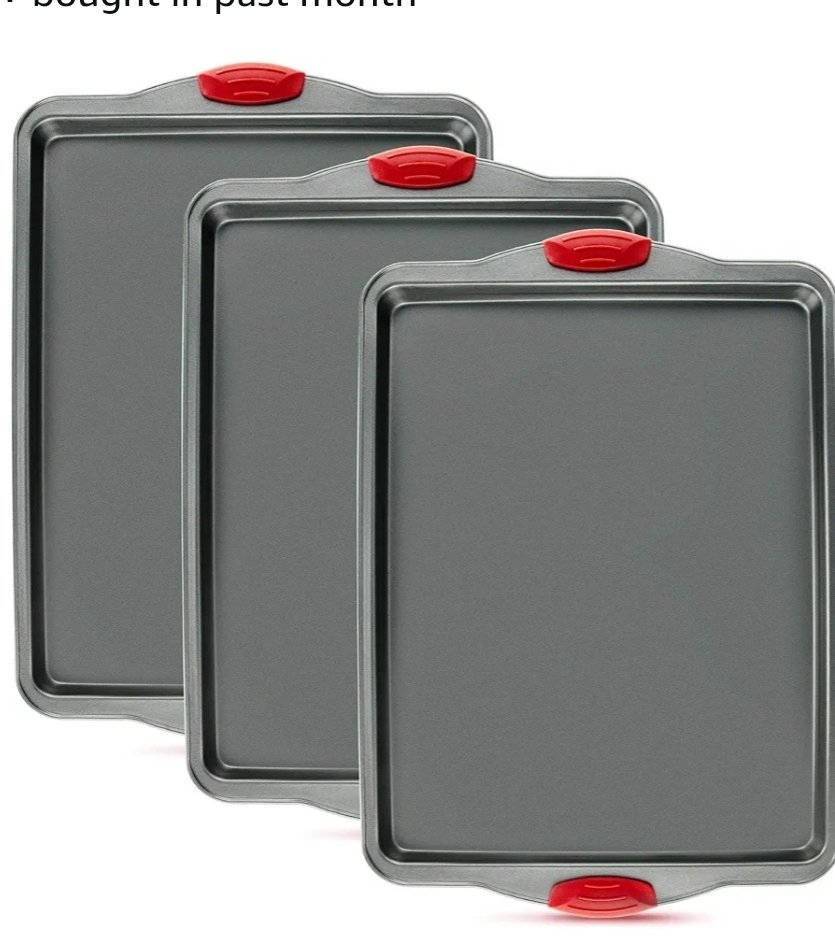The Importance of Family Cooking
Family cooking serves as a dynamic platform for nurturing both relationships and healthy lifestyles. Engaging children in the kitchen provides numerous benefits that extend far beyond the realm of simple meal preparation. One of the most significant advantages is the promotion of healthy eating habits. When children participate in cooking, they gain firsthand experience of the food preparation process, fostering an appreciation for fresh ingredients and nutritious meals. This involvement can translate into healthier dietary choices, as children become more inclined to try new foods and understand the importance of balanced nutrition.
Moreover, family cooking acts as a valuable teaching moment for essential life skills. As children learn how to measure ingredients, follow recipes, and use various kitchen tools under the guidance of their parents, they develop critical thinking and problem-solving skills. These practical abilities serve them well beyond the kitchen, contributing to their overall personal development. Additionally, cooking together invites collaboration, encouraging teamwork and communication. Families working together to prepare meals must discuss preferences, assign tasks, and navigate any challenges that arise, ultimately enhancing their interpersonal skills. Here are some of my favorite fun tools for cooking :
Strengthening family bonds is another pivotal aspect of cooking together. Shared experiences in the kitchen can lead to cherished memories that family members will carry with them for years to come. The act of preparing meals together fosters an environment of togetherness, where laughter and creativity flourish. Whether it is experimenting with new recipes or passing down traditional ones, these shared moments can become a cherished family tradition.
In conclusion, the myriad benefits of family cooking underscore its significance in today’s fast-paced society. By engaging kids in the kitchen, families not only promote wholesome eating but also cultivate invaluable life skills and forge deeper connections with one another.
Nutritional Benefits of Involving Kids in Cooking
Engaging children in the cooking process provides a multitude of nutritional benefits that can positively impact their dietary habits. When kids partake in meal preparation, they become more invested in the food they consume, often leading to healthier eating choices. Research indicates that children who assist in cooking are more likely to try new foods, including a greater variety of fruits and vegetables. This hands-on experience can help to cultivate a sense of curiosity and an appreciation for nutritional components, making the suggestion of including more whole grains and diverse ingredients in their meals more appealing.
Moreover, involving children in the kitchen allows them to gain a better understanding of nutrition, which can lead to informed decision-making regarding their food. By learning about the ingredients, their origins, and nutritional value, kids develop a baseline knowledge that may encourage them to opt for more wholesome options over processed foods. For instance, when children help to prepare a vegetable stir-fry laden with a colorful array of produce, they are more likely to enjoy it as a meal choice rather than shunning it during dinner time.
Home-cooked meals present another significant advantage over takeout options; they allow for greater control over portion sizes and nutrition density. Preparing a simple dish, such as whole wheat pasta with homemade tomato sauce and roasted vegetables, becomes a shared experience. Not only does this foster family bonding, but it also reinforces the idea that healthy meals can be both enjoyable and easy to create. Incorporating wholesome ingredients while cooking together emphasizes the importance of nutrition and can lead to lifelong healthy eating habits. All these factors underscore the essential role of cooking as a pathway to improved dietary choices for kids.
Educational Opportunities in the Kitchen
Engaging children in the kitchen offers a multitude of educational opportunities that extend far beyond the fundamentals of cooking. When children participate in meal preparation, they embark on a practical learning journey. This experience can significantly enhance their understanding of essential skills, such as measuring ingredients meticulously. For instance, using measuring cups and spoons not only teaches young ones about various units of measurement but also reinforces basic mathematical concepts like addition and fractions. Here’s my favorite book on kids cooking:
Additionally, cooking provides an ideal platform for children to explore the concept of nutrition. By collaborating on meal planning, parents can discuss the nutritional value of various foods, how these choices affect their health, and the importance of a balanced diet. This dialogue encourages children to make informed decisions about their food choices and cultivates a sense of responsibility for their own health at a young age.
Integrating fun activities, such as exploring seasonal produce, can also amplify the learning experience. Kids can visit local farmers’ markets or grocery stores, allowing them to discover and identify fruits and vegetables that are in season. This exploration fosters curiosity about where food comes from and the environmental impact of food production. Discussing food origins can spark conversations about cultural cuisines, which can enrich children’s awareness and appreciation of diverse culinary traditions.
Moreover, cooking together encourages critical thinking. Children can be posed with questions about how to use different ingredients or what flavors might complement one another. Such inquiries not only promote creativity but also enhance problem-solving skills, as kids learn to make decisions and adjustments while cooking.
Through these various educational opportunities, engaging kids in the kitchen transforms mealtime into an interactive and enriching learning experience, contributing to their development as informed and independent individuals.
Planning Simple and Nutritious Dinners with Kids
Involving children in the kitchen can transform the often mundane task of preparing dinner into an enriching and fun family activity. Planning simple and nutritious dinners becomes an engaging process when families collaboratively decide on meal components. The key is to emphasize balanced meals that include a variety of food groups. Encourage kids to participate in selecting proteins, whole grains, healthy fats, and colorful vegetables. This not only instills a sense of ownership but also nurtures their interest in healthy eating.
To streamline the cooking process, consider implementing some time-saving strategies. One-pan meals can be an excellent solution for busy evenings. Dishes such as sheet pan chicken with vegetables or stir-fried quinoa can provide a complete meal while minimizing cleanup time. Involving kids in these straightforward tasks, such as chopping vegetables or mixing ingredients, enhances their culinary skills and fosters teamwork in the kitchen.
Batch cooking is another practical approach that families can adopt. Preparing larger quantities of meals and storing them for later use not only saves valuable time but also ensures that nutritious options are readily available on hectic days. Engage the children by letting them choose which meals to prepare in bulk and encouraging them to help with the cooking process. Creating a mixed-mix of recipes can also keep dinner exciting—rotate between various cuisines or focus on themed dinner nights.
Additionally, easy recipes that require minimal ingredients can make the process enjoyable yet efficient. Dishes like veggie-packed omelets, homemade pizzas, or stir-fries are not only healthy but also quick to prepare. By making dinner simple yet nutritious, families can foster an enjoyable cooking atmosphere that encourages children to embrace healthy eating habits. By incorporating fun, creativity, and shared responsibilities in meal planning, families can cultivate a lifetime appreciation for cooking and nutrition.




